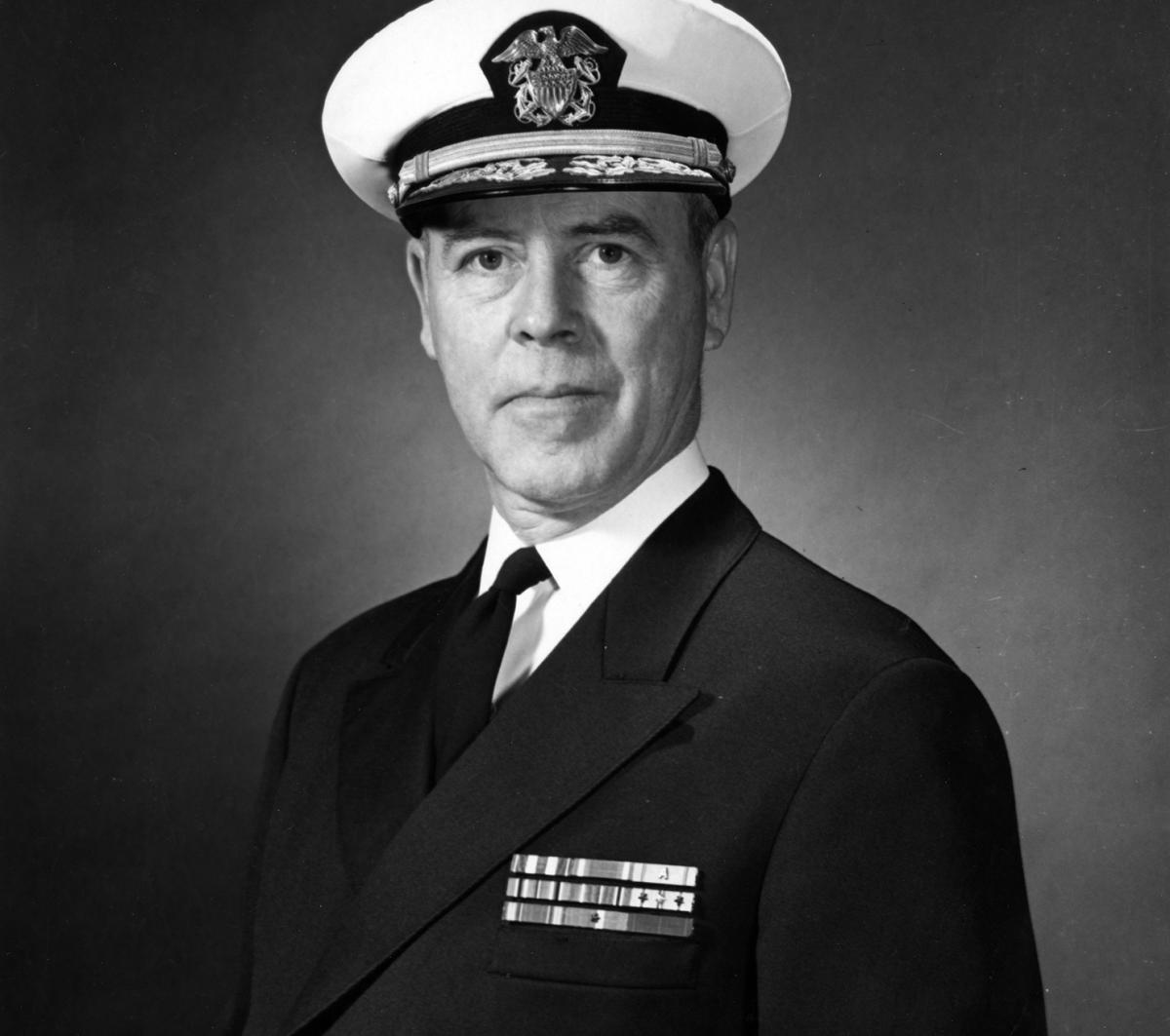“Naval integration” is all the rage in U.S. Navy and Marine Corps circles nowadays. That’s the idea that the sea services must work in harmony to puncture antiaccess/area-denial defenses now strewn along many of the world’s coastlines. Displaying the ability to break into the Western Pacific is crucial to accomplishing U.S. strategic goals, from deterring China, to reassuring allies that the United States remains a reliable security partner, to upholding freedom of the sea. Antiaccess weapons proliferate even as budgets in Washington stagnate. This demands that the services join forces to command the sea while denying antagonists access to the saltwater commons. They must fight as one, fielding the necessary ships, planes, and ordnance to prevail while relearning skills and habits for near-shore combat.
The case for naval integration seems commonsensical, even inarguable. Yet it remains doubtful whether key stakeholders—including those who wield the power of the purse—have embraced the concept. If not—if apathy prevails—then naval leaders must consider how to do a better job convincing them it is the way to go.
Senior leaders must hone their skill at rhetoric—the art of persuasion—with the same fervor they bring to designing fleets or drawing up budgets. Think of strategy as storytelling. It is far more than the mechanical process military officers learn about in war colleges—namely, devising ways to harness diplomatic, economic, and military means for political gains in a competitive environment. Good strategy does more than supply information or map out a plan of action. It coherently narrates national purposes and explains to nonspecialists how its executors will put military and nonmilitary power to work achieving its purposes. Cogently framed, a strategic narrative sweeps the audience along to the writer’s or speaker’s conclusions. That’s how rhetoric works: it informs, provokes, and inspires.
And it must appeal to audiences with different backgrounds and demographics, whether Congress, the U.S. public, allies, or adversaries. Fail to tell the story fluently, and naval integration could stagnate and adversaries will be emboldened.
This is not a new problem for the sea services, the Navy in particular. A kindred rhetorical deficit plagued naval officialdom during the years following World War II. A veteran of the Naval Battle of Guadalcanal who ultimately rose to flag rank, J. C. Wylie attended the Naval War College shortly after the war and later served on the faculty. While in Newport he voiced dismay at how fecklessly Navy chieftains defended their service during the “Revolt of the Admirals,” a bureaucratic struggle between the Navy and Air Force over the branches’ roles, missions, and force structures for the atomic age. There was a real danger that the Navy might survive only as a convoy force. Air Force warplanes would take over the nuclear strike mission, and much else besides.
To stave off a dark future, Wylie collaborated with the college’s president, Rear Admiral Richard Conolly, on a 1951 letter to the Chief of Naval Operations, Admiral Forrest Sherman. They faulted the naval officer corps not for any technical, tactical, or administrative failings but for inability to understand or explain sea power: “Very few of us,” they wrote, “were able to reason with the Congress or present our case convincingly to the people” that the United States still needed a Navy built to fight for high-seas mastery. “Our understanding and our exposition of the indispensable character of our profession and the undiminished and vital nature of Sea Power have been dangerously superficial and elementary.” Dangerously superficial and elementary—that is some indictment!
Conolly and Wylie proposed founding a new advanced strategy program at the Naval War College. They foresaw a curriculum grounded in analytical history. Such study goes beyond chronology, helping aspirants search out basic truths about societies, cultures, and armed forces. The same approach underwrites the Naval War College curriculum to this day. History, then, is one key to rhetorical fluency. You have to know your subject thoroughly to explain it convincingly. Knowing what maritime forces have done across the centuries is essential to deep understanding of sea power. The more officers who attend places like the Naval War College—and the more of them keep up their professional reading afterward—the more rhetorically adept the Navy and Marine Corps will be.
Wylie also warned naval officers not to keep secrets. He was less worried that they would deliberately withhold information than that they might fail to explain their reasoning fully and clearly. “The basic patterns of strategic thought,” he wrote in his summa, Military Strategy, “should not be looked on as any kind of a secret. The more people who know about and understand these patterns, the more healthy will be our democracy in its strategic decisions.” After all, Congress makes strategic decisions through the budget process all the time: “The Congressman voting on a military appropriation is, in a very real sense indeed, making a fundamental strategic decision, and he does not need very many ‘secrets’ to lead him toward sound decision. . . . None of the really important aspects of strategy is out of the public attention.”
To put this bit of wisdom into practice, Navy, Marine Corps, and Coast Guard leaders should purge jargon, acronyms, and anything else not immediately clear to the audience—insider language—from discourses about naval and military affairs. Strategy is not and must not be some arcane art intelligible only to initiates. The strategic narrative will fall flat if couched in language too dense for the audience to fathom. They will tune out—and the effort at persuasion will fail.
Nobel-winning physicist Richard Feynman would agree. According to Feynman, you do not understand something well enough yourself if you cannot explain it to a sixth-grader. Review the material until you have a firm grip on it; clarify, simplify, and streamline how you explain it; and try again, until you have convinced yourself a youngster could comprehend your explanation. Feynman worked on the Manhattan Project and went on to pioneer quantum electrodynamics. If scientists like him can explain intricate subjects such as theoretical physics to neophytes, Navy and Marine Corps officers and their political masters can explain maritime strategy to civilians.
Take it from a physicist: Sea Service officials need to know their stuff, nurture the habit of speaking and writing clearly, and be ruthlessly critical of their rhetorical work.
These are general rules. Now let’s apply them, surveying one of the founding documents about integration through the eyes of a sixth-grader. Last summer Marine Corps Commandant General David Berger released the Commandant’s Planning Guidance within weeks of taking up his post. The guidance won plaudits for breaking with longstanding pieties, such as the need for a fleet of 38 large amphibious transport ships, and for sketching a vision of how the Marines and Navy can “stand in”—fighting and winning at sea while operating under the shadow of hostile antiaccess weaponry. Some of those plaudits came from your humble scribe.
Now, the Commandant’s Planning Guidance is a directive aimed at Marines, a specialist audience. He might get away with a certain amount of insider language with that primary audience. But the document was also released publicly, presumably to sway outsiders as well. That makes it worth asking whether its arguments are phrased in plainspoken English, improving its chances of maximum impact on Capitol Hill, throughout the Pentagon, and with other readers able to influence the Marines’ strategic fortunes. The document fails as rhetoric if our hypothetical sixth-grader cannot grasp its meaning. It keeps secrets.
Here the verdict is mixed. Flip to page 10, for example. This is where General Berger heralds the U.S. Navy’s concept of “composite warfare” and vows to align Marine expeditionary forces with it. But what is that concept? The guidance states: “CW provides flexible command and control arrangements that can respond to multiple threats across various domains and mission areas without overwhelming the decision capacity of a single commander or battle staff.” The passage has the inevitable acronym, and the description is so vague that it conveys little.
There is an easy fix for this one: Composite warfare delegates control of each warfare domain or function to a subordinate commander so as not to overload the overall force commander. One subordinate commander oversees surface action, another air action, another strike warfare against land targets, and so forth. Presumably Berger means to say he wants to add an amphibious commander to the composite mix, helping the Marine contingent fit smoothly into fleet combat operations. This makes perfect sense. Add a sentence or two to that effect, banish the acronyms and jargon and replace them with everyday language, and watch that passage come alive.
And so forth. Minor improvements of that sort can have major cumulative impact on a document’s or speech’s accessibility—helping it meet the standard set by Wylie, Conolly, and Feynman. Advice from the masters: Look for opportunities to clarify your words. Know your stuff, know the audience, and calibrate your pitch to them, and you shall go far.
More from James Holmes:
A Brief Guide to Maritime Strategy




